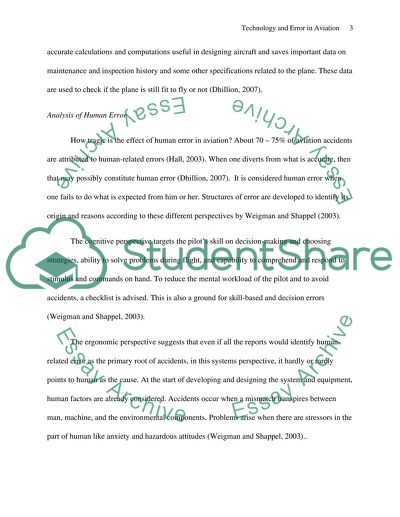Cite this document
(“Technology and Human Error in Aviation Term Paper”, n.d.)
Retrieved from https://studentshare.org/environmental-studies/1410435-technology-and-human-error-in-aviation
Retrieved from https://studentshare.org/environmental-studies/1410435-technology-and-human-error-in-aviation
(Technology and Human Error in Aviation Term Paper)
https://studentshare.org/environmental-studies/1410435-technology-and-human-error-in-aviation.
https://studentshare.org/environmental-studies/1410435-technology-and-human-error-in-aviation.
“Technology and Human Error in Aviation Term Paper”, n.d. https://studentshare.org/environmental-studies/1410435-technology-and-human-error-in-aviation.


